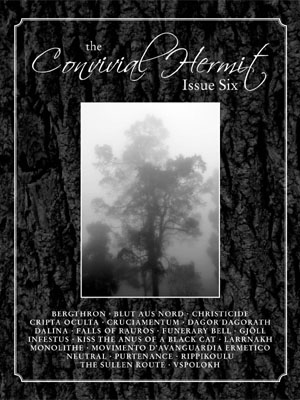 The SIXTH issue of The Convivial Hermit Magazine is nearing completion and it’s time to notify everyone about advertising rates. If you have received this message it means that I have either interviewed a band on your label, reviewed an album on your label and/or I am simply interested in working with you. The specs of #6 are the following (with total pages liable to change).
The SIXTH issue of The Convivial Hermit Magazine is nearing completion and it’s time to notify everyone about advertising rates. If you have received this message it means that I have either interviewed a band on your label, reviewed an album on your label and/or I am simply interested in working with you. The specs of #6 are the following (with total pages liable to change).
104 pages B&W, 8 1/2 x 11 inch (21.59 x 27.94 cm) perfect bound flat spine, gloss B&W cover with metallic ink/foil stamping.
EXCLUSIVE (23) interviews with the following artists/persons:
JOE ABERCROMBIE (UK) • BERGTHRON (Deu) • BLUT AUS NORD (Fra) • CHRISTICIDE (Fra) • CRIPTA OCULTA (Por) • CRUCIAMENTUM (UK) • DAGOR DAGORATH (Isr) • DALINA (Blr) • DIGITAL FERRET RECORD STORE (USA) • FALLS OF RAUROS (USA) • FUNERARY BELL (Fin) • GJÖLL (Ice) • INFESTUS (Deu) • KTAOABC (Ned) • LARRNAKH (Hun) • MONOLITHE (Fra) • MOVIMENTO D’AVANGUARDIA ERMETICO (Ita) • NEUTRAL (Rus) • PURTENANCE (Fin) • RIPPIKOULU (Fin) • TEMPLE OF TORTUROUS (Swe) • THE SULLEN ROUTE (Rus) • VSPOLOKH (Rus)
+ Over 17 pages of reviews
+ 10 Articles
————————————————
Advertising rates and information are as follows:
Full page = 8.5 x 11 inch (21.6 x 27.9 cm)
Half page = 4.25 x 11 inch (10.8 x 27.9 cm) WIDE
Half page = 8.25 x 5.5 inch (21.6 x 14 cm) TALL
Quarter = 2.125 x 2.75 inch (5.4 x 7 cm)
IMPORTANT: Bleeds = 1/4 – 1/2 inch (.6 – 1.3 cm)
DPI = 300 to 600 (preferably 600)
Back cover gloss Full page €250 / $325
Inside covers gloss Full page €200 / $255
Inside Full page €120 / $155
Inside Half page €80 / $105
Inside Quarter page €40 / $50
————————————————
PAYMENTS ON ADS THAT ARE UNUSED, FOR WHATEVER REASON – LACK OF SPACE, LACK OF TIME, ETC – WILL BE REFUNDED. Additionally, since all money will be absorbed into the printing costs, trades will be EXTREMELY limited. I am willing to work things out with a few people if necessary, but these will be rare exceptions. Please contact me for more details on any of the above if required.
No Comments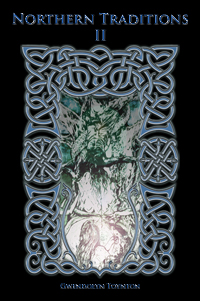 Northern Traditions is a yearly publication, of which this is the second volume. Contributions of articles, artwork, translations and poetry are now open.
Northern Traditions is a yearly publication, of which this is the second volume. Contributions of articles, artwork, translations and poetry are now open.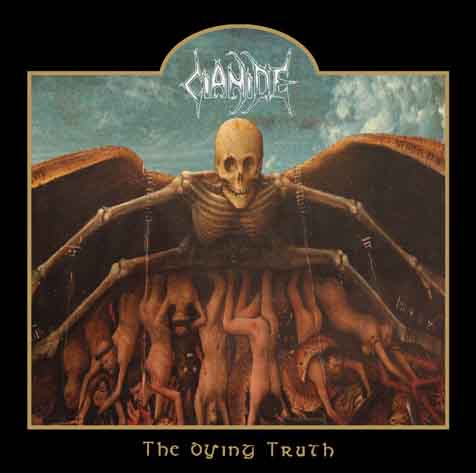 Recorded back in the hazy 1990s, The Dying Truth is a morbid sort of grindcore-influenced death metal that takes a death-doom pace with an eclectic but primitive approach to riffs.
Recorded back in the hazy 1990s, The Dying Truth is a morbid sort of grindcore-influenced death metal that takes a death-doom pace with an eclectic but primitive approach to riffs.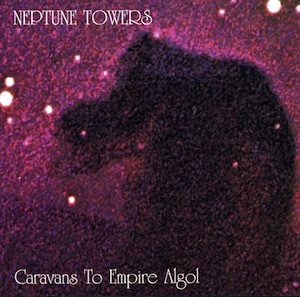 Neptune Towers’ rare 1994 debut of Ambient Soundscapes available on Peaceville for the first time.
Neptune Towers’ rare 1994 debut of Ambient Soundscapes available on Peaceville for the first time.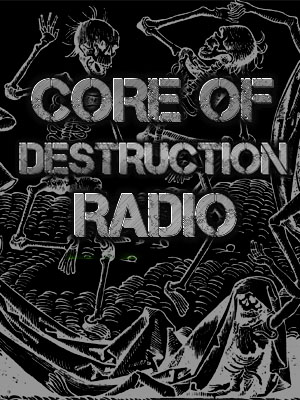
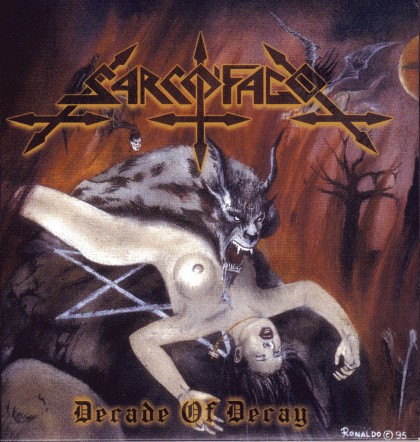 SARCOFAGO’S Decade Of Decay was initially released in 1995, and official copies of it are virtually impossible to find anywhere… until now. Bearing a total of 20 tracks spawned over the band’s career, this reissue of the compilation album weighs in with over an hour and twelve minutes of blasting SARCOFAGO mayhem and debauchery, and even includes three songs from the Satanic Lust demo, two songs from The Black Vomit demo and two songs from the Christ’s Death demo. This represents the first time that SARCOFAGO demo material is available officially. The entire reissue process for this compilation album has been overseen by SARCOFAGO’s Wagner “Antichrist” Lamounier himself!
SARCOFAGO’S Decade Of Decay was initially released in 1995, and official copies of it are virtually impossible to find anywhere… until now. Bearing a total of 20 tracks spawned over the band’s career, this reissue of the compilation album weighs in with over an hour and twelve minutes of blasting SARCOFAGO mayhem and debauchery, and even includes three songs from the Satanic Lust demo, two songs from The Black Vomit demo and two songs from the Christ’s Death demo. This represents the first time that SARCOFAGO demo material is available officially. The entire reissue process for this compilation album has been overseen by SARCOFAGO’s Wagner “Antichrist” Lamounier himself!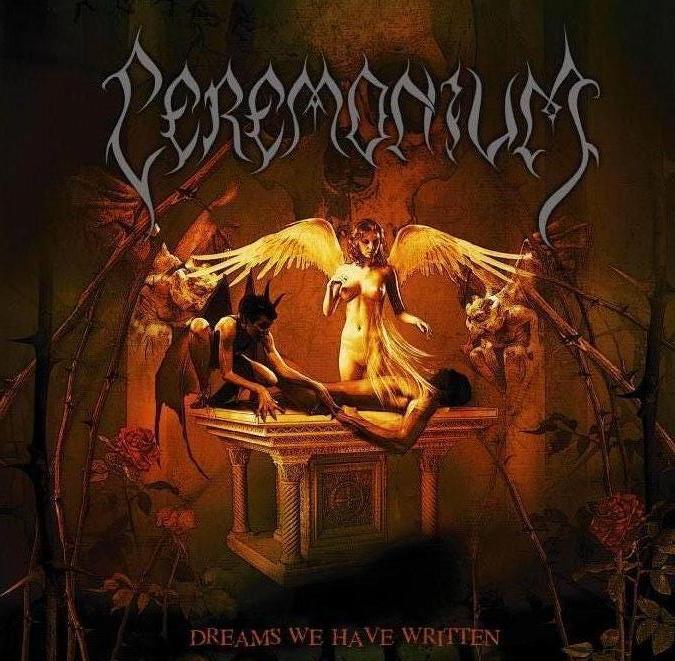 Never has doom been so comforting, yet I never considered the band doom per say. Ceremonium “Dreams We Have Written” is in my hands now, and looks and sounds amazing so far…Fantastic work by WTP…For me its still sinking in this band had an eleven year chapter. Get this double CD for $20 US including shipping..World inquire…Fitting end to the gloomy madness…
Never has doom been so comforting, yet I never considered the band doom per say. Ceremonium “Dreams We Have Written” is in my hands now, and looks and sounds amazing so far…Fantastic work by WTP…For me its still sinking in this band had an eleven year chapter. Get this double CD for $20 US including shipping..World inquire…Fitting end to the gloomy madness… The SIXTH issue of The Convivial Hermit Magazine is nearing completion and it’s time to notify everyone about advertising rates. If you have received this message it means that I have either interviewed a band on your label, reviewed an album on your label and/or I am simply interested in working with you. The specs of #6 are the following (with total pages liable to change).
The SIXTH issue of The Convivial Hermit Magazine is nearing completion and it’s time to notify everyone about advertising rates. If you have received this message it means that I have either interviewed a band on your label, reviewed an album on your label and/or I am simply interested in working with you. The specs of #6 are the following (with total pages liable to change). The debut album of Jess and the Ancient Ones now available for pre-ordering as CD and LP. Will be released on May 19 and shipped the day before. Featuring Antti Boman of Demilich and other talented stalwarts of the Finnish uebermetal pool. Rumored to be psychedelic/funeral doom crossover.
The debut album of Jess and the Ancient Ones now available for pre-ordering as CD and LP. Will be released on May 19 and shipped the day before. Featuring Antti Boman of Demilich and other talented stalwarts of the Finnish uebermetal pool. Rumored to be psychedelic/funeral doom crossover.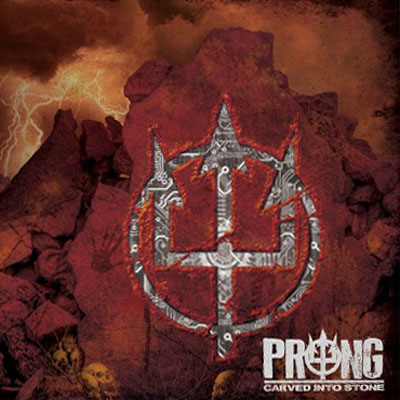 One of the oldest still functional speed metal bands still around, still making avantgarde arty speed metal, but they’ve updated the sound a bit to be post-modern-metal.
One of the oldest still functional speed metal bands still around, still making avantgarde arty speed metal, but they’ve updated the sound a bit to be post-modern-metal.
